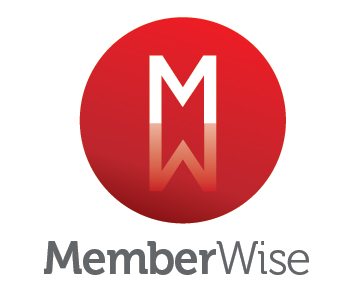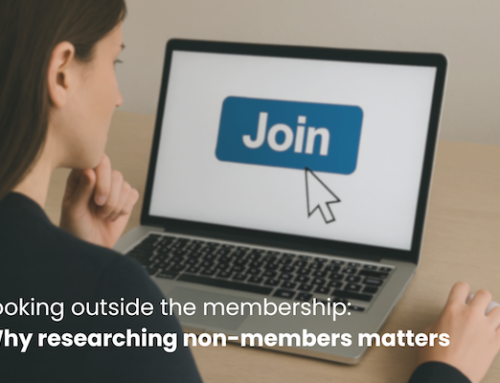When it comes to member experience, organisations often share two core challenges. They don’t know what their members expect or need, and they don’t know how to measure if they’re delivering on those needs. This doesn’t need to drain your resources, but done well, it will move the dial on your member value, acquisition and retention.
You’ve probably been in a situation where member engagement is stagnating and people are asking why. Chances are you don’t have the necessary data to understand why this is happening, armed only with assumptions, incomplete data and anecdotes. The trouble is, anecdotes and assumptions are skewed by lots of biases and can be a distraction from where the real value lies.
What do your members need from you?
This may sound like a basic question, but we often find that the products and services provided aren’t addressing what members are looking for. Step one is reaching a validated and shared agreement across the organisation about what your members need.
Traditionally organisations focus on the tasks members carry out once they’ve arrived. This blinkers their view, because whilst some of those tasks will be important, it ignores any ‘unmet needs’ that the website or product isn’t catering for. If you also zoom out to uncover what outcomes your members are trying to achieve, you’ll know what triggered them to come to you in the first place. This leads to valuable new insight into member attitudes, value and where your biggest opportunities lie. Think of Blockbuster, optimising the task of renting a DVD in store with a better selection and snacks at the till, vs Netflix addressing the outcome of on-demand entertainment, first with DVDs through the post, then content via the internet, then merchandising partnerships.
You need to be serving both the outcomes and the tasks of your members to stay relevant and provide value. Outcomes are best uncovered from qualitative methods, like 1:1 research interviews, to really dive into what is motivating your members (and potential members). This can then be validated at scale using informed quantitative methods, like a survey.
How do you measure if you’re meeting member needs?
Once you know the important outcomes and tasks of your members, you need to measure how well they can fulfil these with you.
Unfortunately, the standard online metrics aren’t always helpful. We’ve all been there… You’re looking at a bunch of isolated numbers of sessions, page views and unique visitors. But what is this really telling you? Beyond whether it’s smaller or larger than last month, probably not a lot.
One way to find more meaning in your digital behaviour data is to identify the ‘micro engagements’ that signify progress towards tasks. These are the small markers of intent and interaction that show your members are engaged, and you can give them a score based on significance. It could be downloads of information (perhaps a significant score of 20), video watches past a certain time, webinar joins, page dwell time and scroll depth, three blog visits in a month (perhaps a less significant score of 5)… the list goes on. Once you’re tracking your micro engagements and have assigned each a score, you can total an ‘engagement score’ per session, or per segment, of data. Instead of looking at meaningless figures, you can have informed conversations that start with, “we can see that more people came to our website this month, but only 11% of members scored above 20 and were actually engaged”.
From there you can analyse which micro engagements are interacted with, which tasks and outcomes these ladder up to and ultimately where to prioritise attention. You can also consolidate this with surveys, heat mapping and interview findings to build up a picture of what members engage (or don’t) with and the value to them based on their desired outcomes.
Just like that you’ve gone from a bunch of data you might look at once a month and do nothing with, to actionable insight that steers how to improve and maintain your member value. When member value goes up, acquisition and retention are primed to follow.
A proactive approach to member insight
Although a dip in acquisition or retention may trigger looking at how you measure success, it’s better to be ahead of the game. When you’re in a reactive position, your resources can be limited and you’re forced to work from assumptions for speed. By staying on top of member needs you can plan for regular, incremental activity, versus a larger effort to fix an experience quickly after it’s become an issue.
So keep banging that actionable insight drum and stay on top of how well you’re meeting your member needs.











Leave A Comment